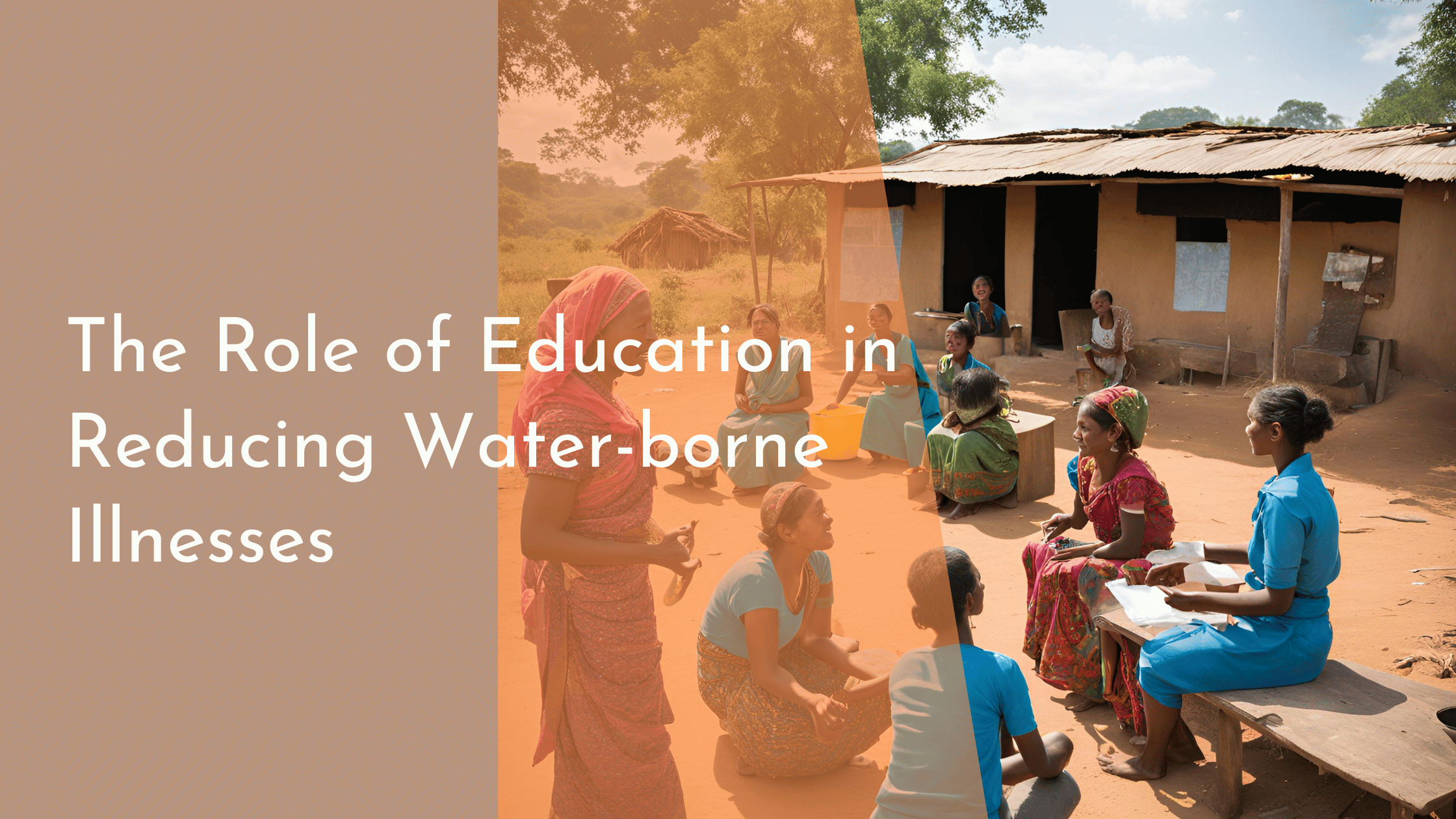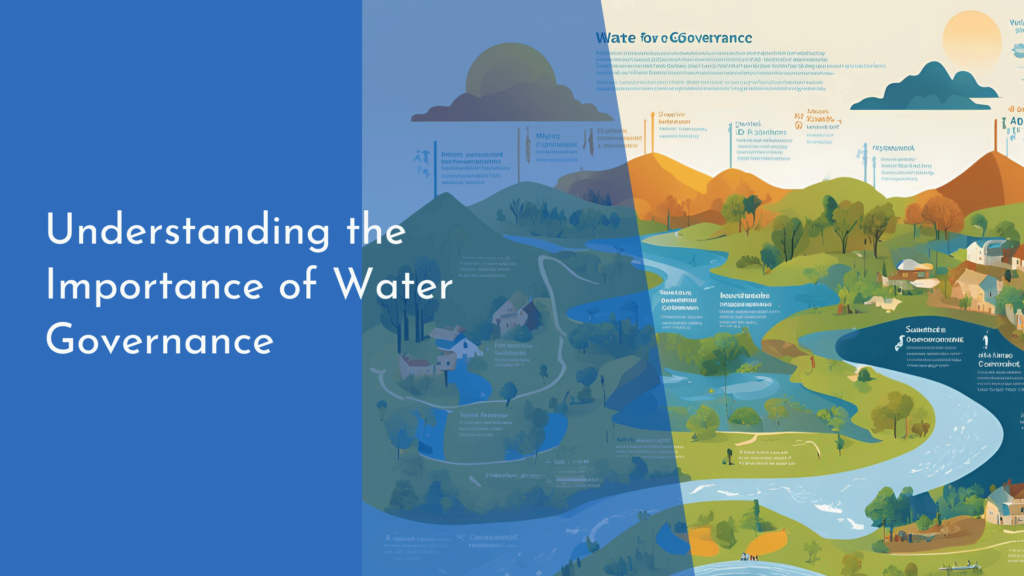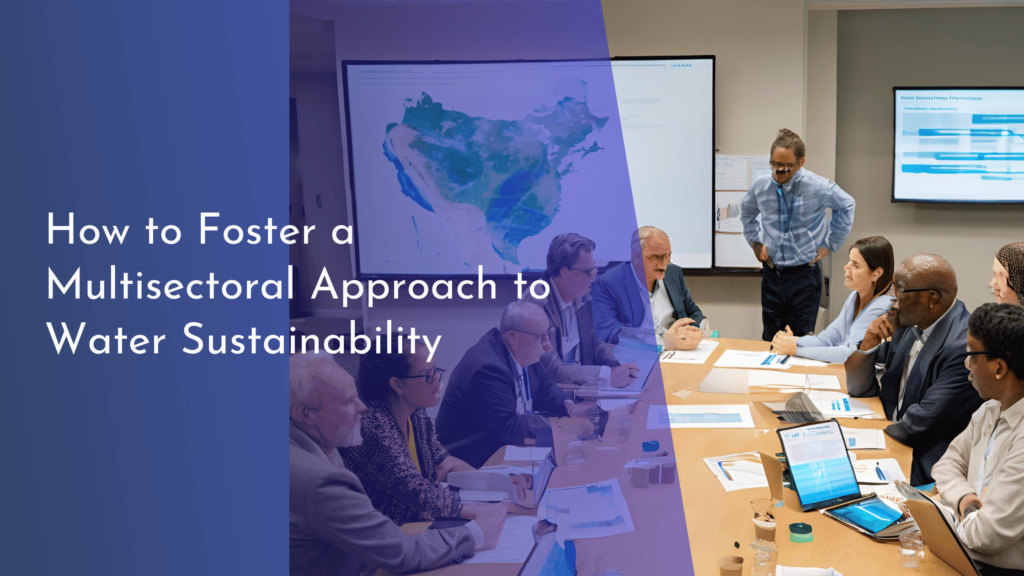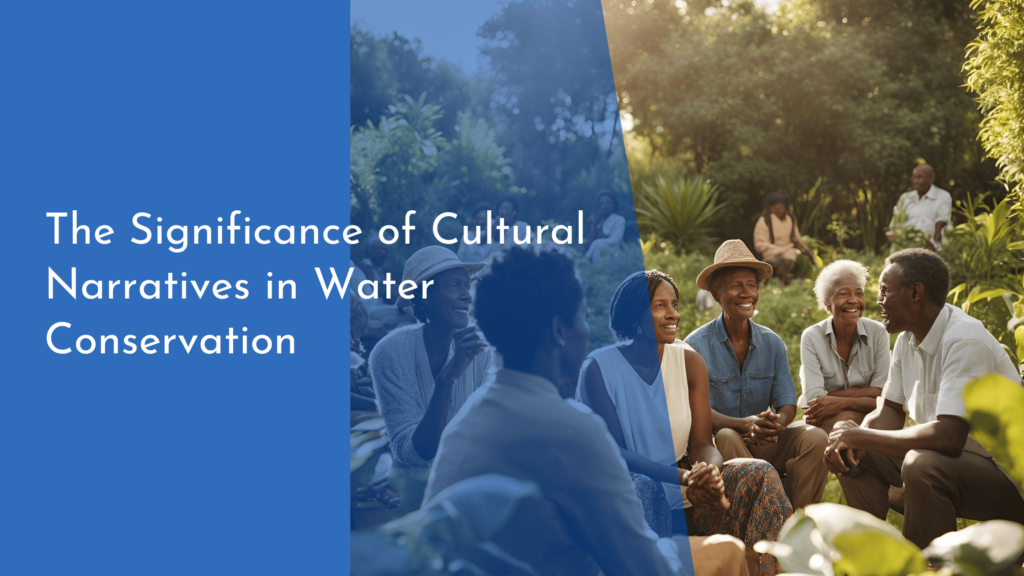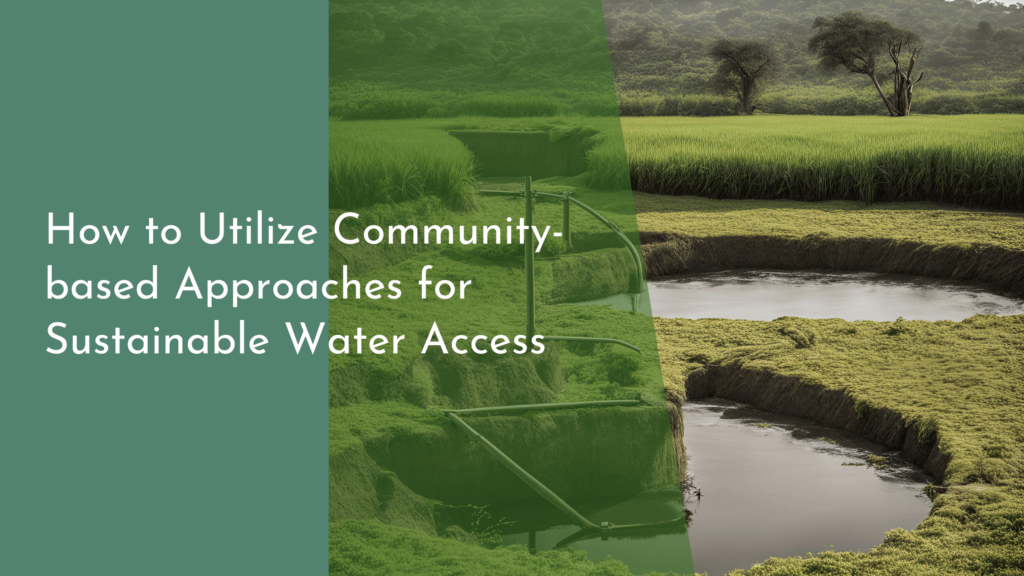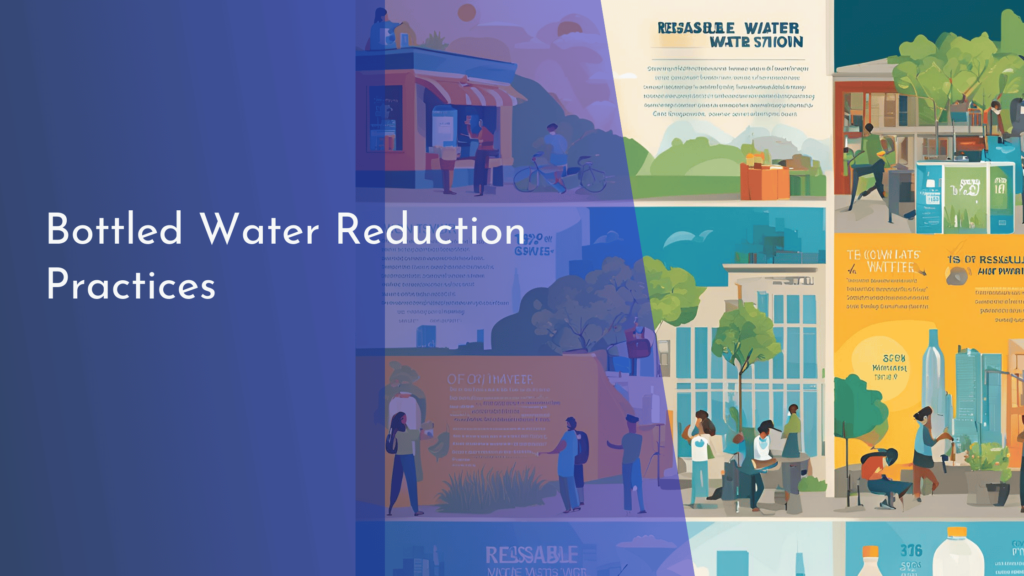The Role of Education in Reducing Water-borne Illnesses
Water-borne illnesses continue to pose a significant challenge to public health globally, particularly in regions where access to clean water is limited. These illnesses, often caused by pathogens such as bacteria, viruses, and parasites, can be severely debilitating and even fatal if not addressed properly. However, there is a beacon of hope in combating these diseases through the power of education. By fostering awareness and encouraging safe water practices, education plays a crucial role in reducing the incidence of water-borne illnesses. This article explores this role, examining the impact of education on health awareness and how educational programs can drive significant change in communities worldwide.
Understanding Water-borne Illnesses: A Primer
Water-borne illnesses arise when pathogens in contaminated water enter the body, typically through consumption or contact. Common diseases include cholera, dysentery, and typhoid fever, which often thrive in regions with inadequate sanitation infrastructure. Symptoms of these diseases can range from mild gastrointestinal discomfort to severe dehydration and, in extreme cases, death. Understanding the transmission of these illnesses is essential for devising strategies to prevent them.
The global burden of water-borne illnesses is immense, disproportionately affecting children and vulnerable populations in developing countries. Lack of access to safe water, combined with inadequate sanitation and hygiene practices, contributes significantly to this public health issue. However, the tide can turn through strategic interventions focused on education and infrastructure improvements. By improving education around prevention and treatment methods, communities can empower themselves to reduce the prevalence of these debilitating illnesses.
The Impact of Education on Health Awareness
Education plays a pivotal role in raising awareness about the causes and prevention of water-borne illnesses. When communities are educated about the relationship between water quality and health, they are better equipped to make informed decisions about the water sources they use and the hygiene practices they follow. This awareness can lead to significant behavioral changes that minimize the risk of disease transmission.
Moreover, education fosters critical thinking and problem-solving skills that enable individuals to devise local solutions for water purification and sanitation. By understanding the science behind water-borne illnesses, community members can more effectively advocate for and implement practices such as boiling water, using water filters, and improving waste disposal methods. These actions not only reduce the incidence of disease but also promote a healthier and more sustainable living environment.
Educational Programs Promoting Safe Water Practices
Educational programs tailored to promoting safe water practices are vital in combating water-borne illnesses. Schools and community centers can serve as platforms for disseminating crucial information about hygiene, sanitation, and water safety. These programs often include interactive workshops, seminars, and demonstrations that engage participants and reinforce learning through practical applications.
In addition to formal education settings, outreach programs play a critical role in reaching underserved populations. By involving local leaders and utilizing culturally relevant materials, these programs can effectively communicate the importance of safe water practices. Partnerships with health organizations and governments further enhance the reach and impact of these educational initiatives, ultimately leading to healthier communities with reduced rates of water-borne illnesses.
Conclusion: The Bright Future of Educated Communities
The power of education in reducing water-borne illnesses cannot be overstated. As educational initiatives expand and evolve, they provide communities with the knowledge and tools necessary to safeguard their health. By prioritizing water education, societies can foster environments where safe water practices become second nature, significantly decreasing the prevalence of water-borne diseases.
The future holds promise as educated communities lead the charge in eradicating water-borne illnesses. Through continued investment in education and infrastructure, we can look forward to a world where access to clean water and proper sanitation is a universal right. The journey to a healthier global community is one paved with knowledge, awareness, and the collective effort to ensure that water-borne illnesses no longer pose a threat to humanity.

